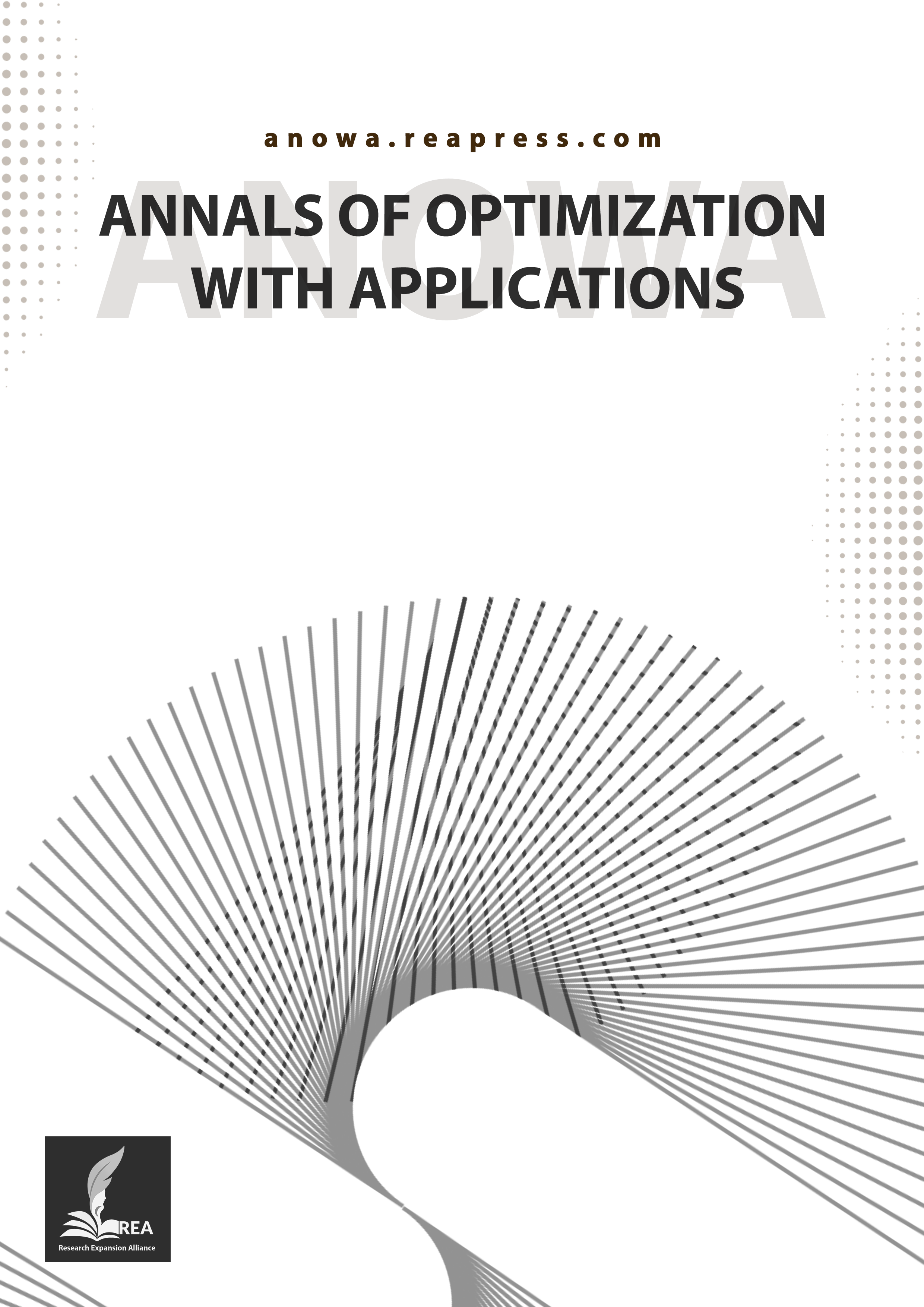Calculating the Best Efficiency Point of a Piston Diaphragm Pump Using a Metaheuristic Algorithm
Abstract
Piston diaphragm positive displacement pumps are widely used in various industries dealing with high-viscosity fluids, such as aluminum production. They are considered among the most effective equipment for generating extremely high pressures in abrasive liquids. However, operating these devices at their optimal performance point poses a significant challenge. In the present study, the pump's performance was simulated using input and output data to derive a functional model of the pump. Subsequently, the optimal operating point was identified using the Multi-Verse Optimization (MVO) metaheuristic algorithm. The obtained optimal point was compared with the recommended point provided in the pump's characteristic curves and theoretical information from the manufacturer's manual. The results indicate the effectiveness of the proposed model and the optimization process.
Keywords:
Single-objective optimization, Metaheuristic algorithm, Multi-verse optimization, Reciprocating pumpReferences
- [1] Kleinberg, J., & Tardos, E. (2006). Algorithm design. Pearson Education India. https://www.amazon.com/Algorithm-Design-Jon-Kleinberg/dp/0321295358
- [2] Al-Madi, N., Faris, H., & Mirjalili, S. (2019). Binary multi-verse optimization algorithm for global optimization and discrete problems. International journal of machine learning and cybernetics, 10(12), 3445–3465. https://doi.org/10.1007/s13042-019-00931-8
- [3] Jui, J. J., Molla, M. M. I., Ahmad, M. A., & Hettiarachchi, I. T. (2025). Recent advances and applications of the multi-verse optimiser algorithm: A survey from 2020 to 2024. Archives of computational methods in engineering, 1–34. https://doi.org/10.1007/s11831-025-10277-w
- [4] Ahmadi, H., Mofrad, M. E., & Sedghi, A. (2023). Risk assessment using fmea to identify potential risks of positive displacement pump failure in aluminum industry: A case study. 16th WCEAM proceedings (pp. 521–529). Cham: Springer International Publishing. https://doi.org/10.1007/978-3-031-25448-2_49
- [5] Mirjalili, S., Mirjalili, S. M., & Hatamlou, A. (2016). Multi-verse optimizer: A nature-inspired algorithm for global optimization. Neural computing and applications, 27(2), 495–513. https://doi.org/10.1007/s00521-015-1870-7
- [6] Mirjalili, S. (2019). Genetic algorithm. In Evolutionary algorithms and neural networks: Theory and applications (pp. 43–55). Cham: Springer International Publishing. https://doi.org/10.1007/978-3-319-93025-1_4
- [7] Lambora, A., Gupta, K., & Chopra, K. (2019). Genetic algorithm-a literature review. 2019 international conference on machine learning, big data, cloud and parallel computing (COMITCON) (pp. 380–384). IEEE. https://doi.org/10.1109/COMITCon.2019.8862255
- [8] Krimpenfort, H., Ricks, B., & Schermann, E. (2017). The largest piston diaphragm pump in the world: From drawing board to operational experience. Paste 2017: Proceedings of the 20th international seminar on paste and thickened tailings (pp. 115–124). University of Science and Technology Beijing. https://doi.org/10.36487/ACG_rep/1752_13_Krimpenfort
- [9] Hyndman, R. J., & Koehler, A. B. (2006). Another look at measures of forecast accuracy. International journal of forecasting, 22(4), 679–688. https://doi.org/10.1016/j.ijforecast.2006.03.001


